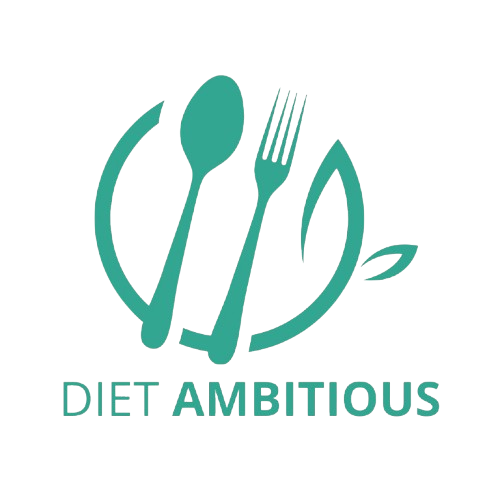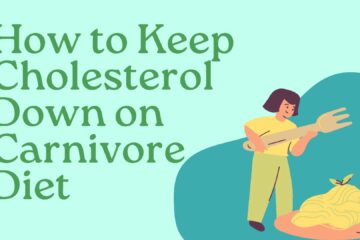Carb cycling is a popular diet strategy that alternates between high-carb, low-carb, and sometimes no-carb days. The idea is to time your carb intake based on your physical activity level, optimizing fat loss and muscle growth. This diet plan has become a go-to for bodybuilders, athletes, and fitness enthusiasts looking to lose fat without sacrificing muscle mass.
This article will guide you through the basics of carb cycling, including a simple carb cycling diet plan and tips to help you make the most of it. We’ll also provide a PDF-friendly version of the plan that you can download, print, and refer to as you implement this diet.
What Is Carb Cycling?
Carb cycling involves adjusting your carbohydrate intake on different days to match your activity levels. On high-intensity workout days, you consume more carbs to fuel your workouts and aid in muscle recovery. On low-intensity or rest days, you cut back on carbs to promote fat burning and insulin sensitivity.
Typically, carb cycling alternates between the following types of days:
- High-Carb Days: These are typically aligned with intense workout days to replenish glycogen stores and support muscle growth.
- Low-Carb Days: These are for non-workout days or light workout days. They help to keep insulin levels low, aiding in fat loss.
- No-Carb Days: Some carb cycling plans include no-carb days, although these are less common. These days maximize fat burning by keeping insulin levels extremely low.
Benefits of Carb Cycling:
- Fat Loss: Helps you burn fat while maintaining muscle mass.
- Improved Performance: Higher carb intake on workout days can enhance performance and strength.
- Flexibility: It provides structure without completely eliminating carbs from your diet.
- Prevent Metabolic Slowdown: Alternating carb intake prevents the metabolism from slowing down due to long-term calorie restriction.

Carb Cycling Diet Plan
A typical carb cycling diet involves alternating between high-carb and low-carb days. Here’s a sample 7-day plan to get you started:
Day 1 – High Carb Day
- Breakfast: Oatmeal with honey, almonds, and a side of fruit
- Lunch: Grilled chicken breast, quinoa, and steamed vegetables
- Snack: Greek yogurt with granola
- Dinner: Brown rice, salmon, and mixed salad with olive oil
- Post-Workout: A protein shake with a banana
Day 2 – Low Carb Day
- Breakfast: Scrambled eggs with spinach and avocado
- Lunch: Grilled chicken with a leafy green salad and olive oil
- Snack: A handful of mixed nuts
- Dinner: Grilled steak, asparagus, and a small serving of cauliflower rice
- Post-Workout: Protein shake (no carbs)
Day 3 – High Carb Day
- Breakfast: Whole-grain pancakes with blueberries and a side of turkey bacon
- Lunch: Brown rice with grilled shrimp, mixed vegetables
- Snack: Apple slices with peanut butter
- Dinner: Baked sweet potato, turkey breast, and steamed broccoli
- Post-Workout: Protein shake with a banana
Day 4 – Low Carb Day
- Breakfast: Omelette with cheese, mushrooms, and avocado
- Lunch: Tuna salad with mixed greens and olive oil
- Snack: A handful of walnuts
- Dinner: Grilled salmon with steamed zucchini and a side of leafy greens
- Post-Workout: Protein shake (no carbs)
Day 5 – High Carb Day
- Breakfast: Whole-grain toast with almond butter and banana
- Lunch: Grilled chicken with sweet potato and spinach
- Snack: Low-fat Greek yogurt with honey
- Dinner: Quinoa with baked salmon and steamed asparagus
- Post-Workout: Protein shake with an orange
Day 6 – Low Carb Day
- Breakfast: Scrambled eggs with kale and feta cheese
- Lunch: Grilled chicken breast with a side of avocado and cucumber salad
- Snack: A handful of almonds
- Dinner: Grilled pork chop with sautéed spinach and broccoli
- Post-Workout: Protein shake (no carbs)
Day 7 – No Carb Day (Optional)
- Breakfast: Scrambled eggs with bacon
- Lunch: Grilled shrimp with a side of leafy greens
- Snack: A handful of pistachios
- Dinner: Beef steak with steamed broccoli
- Post-Workout: Protein shake (no carbs)
Tips for Carb Cycling Success
- Listen to Your Body: Everyone’s body responds differently to carb cycling. Make sure to adjust based on how your body feels and your energy levels.
- Stay Hydrated: Drinking plenty of water is important, especially on low-carb days when your body tends to retain less water.
- Balance Your Macros: While carb cycling focuses on carbs, make sure you’re also consuming an adequate amount of protein and fats on all days to support muscle repair and overall health.
- Don’t Overdo It on High-Carb Days: While it’s tempting to indulge on high-carb days, avoid overeating. Stick to complex carbs and watch your portion sizes to avoid overloading on calories.
- Incorporate Strength Training: Carb cycling works best when paired with strength training. High-carb days help fuel muscle growth, while low-carb days support fat loss.
Conclusion
Carb cycling can be a powerful tool for weight loss and muscle gain when followed correctly. By alternating between high-carb and low-carb days, you can fuel your workouts and promote fat burning without depriving your body of essential nutrients.
Before starting carb cycling, it’s essential to consult with a healthcare professional or a nutritionist, especially if you have underlying health conditions. Once you have the green light, follow this 7-day carb cycling plan, adjust it based on your needs, and watch as your body transforms.
You can download this carb cycling plan in PDF format for easy access while following your diet. Whether you’re looking to shed fat, build muscle, or simply improve your overall fitness, carb cycling is a flexible and effective way to reach your goals.




